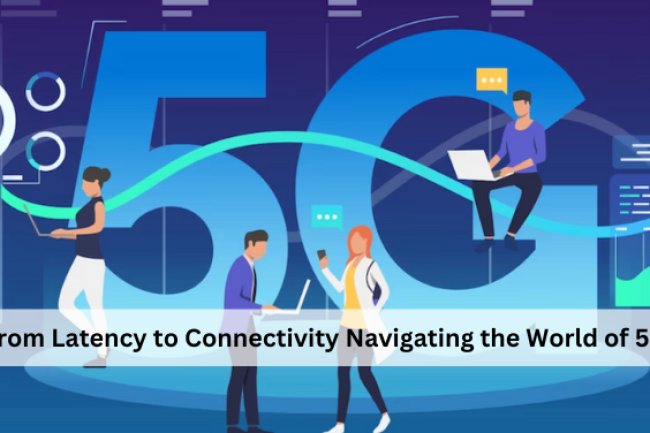5 Essential IT Frameworks for Successful Business Operations

In today's rapidly evolving digital landscape, information technology (IT) plays a pivotal role in driving business success. To effectively manage and align IT services with business objectives, organizations rely on various IT frameworks. These frameworks provide structured approaches, best practices, and guidelines for optimizing IT operations, improving service delivery, and achieving overall business goals. In this blog, we will explore five essential IT frameworks that have gained significant traction and are crucial for organizations striving to stay ahead in the competitive market.
ITIL (Information Technology Infrastructure Library):
ITIL, a widely adopted framework, focuses on IT service management (ITSM) and enables organizations to deliver high-quality services to their customers. ITIL provides a comprehensive set of practices and processes for managing the entire service lifecycle, from strategy to design, transition, operation, and continual improvement. By aligning IT services with business needs, ITIL helps enhance customer satisfaction, optimize resource utilization, and improve overall efficiency.
Agile:
In an era of dynamic market demands and rapidly changing requirements, Agile methodologies have become indispensable for software development and project management. Agile emphasizes collaboration, flexibility, and iterative development, enabling teams to respond swiftly to customer feedback and deliver value in shorter cycles. Popular Agile frameworks, such as Scrum and Kanban, foster teamwork, enhance transparency, and promote adaptive planning, ensuring that projects are completed on time and meet customer expectations.
DevOps:
DevOps, a cultural and operational framework, bridges the gap between development and operations teams, fostering collaboration and shared responsibility. By emphasizing automation, continuous integration, and continuous delivery, DevOps facilitates faster and more reliable software releases. It breaks down silos, improves communication, and enables organizations to achieve greater agility, scalability, and operational efficiency. Implementing DevOps practices results in reduced time to market, increased customer satisfaction, and improved overall product quality.
COBIT (Control Objectives for Information and Related Technologies):
For organizations seeking effective IT governance and control, COBIT is a valuable framework. COBIT provides a comprehensive set of guidelines, principles, and best practices for aligning IT activities with business objectives. It helps organizations establish governance frameworks, define control objectives, and implement processes for managing IT risks and ensuring regulatory compliance. COBIT enables organizations to optimize IT investments, enhance decision-making, and achieve better alignment between business and IT strategies.
TOGAF (The Open Group Architecture Framework):
TOGAF, an industry-standard framework for enterprise architecture, offers a systematic approach to designing, planning, implementing, and governing information architectures. It provides organizations with a set of tools, methodologies, and best practices for creating a holistic view of their IT landscape. By aligning business and IT strategies, TOGAF helps organizations identify opportunities for process optimization, reduce duplication, and improve overall efficiency. It enables informed decision-making, fosters innovation, and supports successful business transformations.
In an era where technology is a critical enabler for business success, implementing the right IT frameworks is essential. The five IT frameworks discussed in this blog—ITIL, Agile, DevOps, COBIT, and TOGAF—provide organizations with proven approaches and best practices to optimize IT operations, enhance service delivery, and achieve strategic objectives. Each framework serves a specific purpose, from managing IT services, embracing agility, and fostering collaboration to ensuring effective governance and architectural alignment. By leveraging these frameworks, organizations can navigate the complexities of the digital landscape, stay competitive, and drive sustainable growth.
What's Your Reaction?















